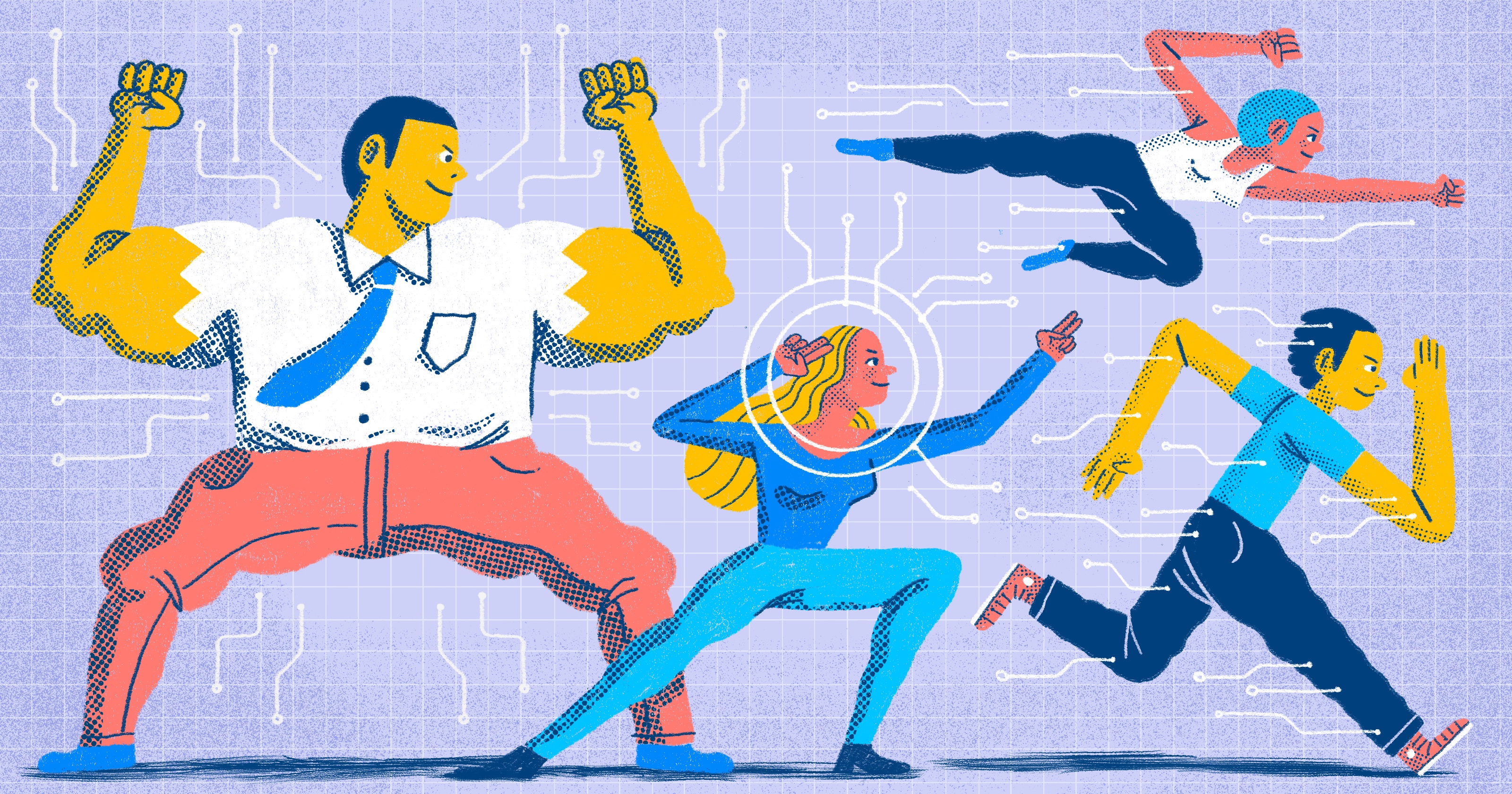
I am a first-time CEO.
Barely 4 years ago, I was a software engineer who knew nothing about running a company.
When I interacted with CEOs and executives from large companies back then, I was always amazed by how superhuman they seemed. They were incredibly productive, able to context-switch on a dime, and commanded vast amounts of information effortlessly to make high-velocity decisions.
How were they able to do it?
Wearing the shoe on the other foot
I finally have the answer 4 years later - after starting a venture-backed company that raised almost $10M, and becoming a reluctant (and admittedly still terrible) CEO. It turns out that you don't need to be a superhuman to be a functional CEO or executive.
The secret? My support staff.
To run a lean team of around 50 people today, I rely heavily on my:
This support structure, in its entirety, augments me with "superhuman productivity".
I simply cannot imagine working effectively, not to mention staying up-to-date with every single detail of our organisation, without my capable team that I rely so heavily on.
Democratising a CEO's secret to productivity
Not every knowledge worker has access to their own trusted coterie of support staff though.
This is a wasted opportunity in human potential. As someone who has the above privilege - I can attest to the stupendous productivity gains.
What if, we are able to spin up a secret support team for every single knowledge worker, in the next three to five years?
What if, we could augment every single knowledge worker with superhuman productivity?
How do we make this tractable? The answer: Collaborative intelligence.
Collaborative intelligence systems are humans working alongside "AI assistants" to do their jobs better. By giving every knowledge worker an AI assistant, which use a combination of learning algorithms and distributed labor to perform tasks, every employee can work like a CEO.
Most knowledge workers spend less than 50% of their time doing things they enjoy or are good at (what they are hired for). They spend most of their time on doing research, collating data, arranging meetings, performing repetitive and mundane tasks, and on tedious minutia.
Here's the thing - people rarely enjoy performing rote or robotic tasks day in and out.
Letting humans be human
Research by Duke University and Wharton School shows that variety throughout a workday leads to increased happiness - resulting in a greater sense of stimulation and productivity.
So the question is, why are most modern knowledge workers working like robots? Why not let employees be more human? Why not let humans focus on higher-value tasks requiring judgment, experience and human empathy?
An AI assistant for every knowledge worker
This is where collaborative intelligence systems - like AI assistants come in.
Imagine a world where AI assistants can help employees with:
We feel that this will be AI's greatest future impact in the workplace -- transforming business processes by collaborating closely with humans.
Of course, not everyone shares this view.
A misguided and dangerous view of AI
A common and widespread misconception is that AI is a destructive force of labor - gradually replacing humans in job after job.
That may be true in certain narrow domains, but based on our experience - we found that AI’s greater power is in complementing and augmenting human capabilities.
Unfortunately, popular culture likes to dramatize a man-versus-AI view.
The idea of AI decimating jobs and replacing humans is a long-held view, and has resulted in many business leaders adopting a similar perspective.
This view is misguided and short-sighted.
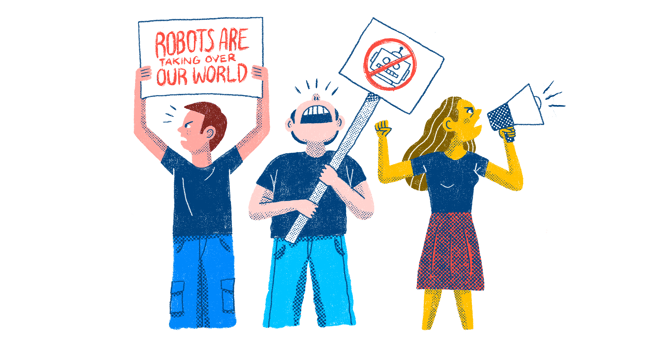
Divide and conquer
The simple truth is that AI is not taking over the world and removing the need for humans in the workplace.
In other words, AI is good at certain things - performing repetitive, multi-threaded work, analysing huge corpuses of data, handling routine tasks etc.
And humans should be freed up to do what they do best: resolving ambiguous information, exercising judgement in complex situations, and building relationships with customers.
This emerging symbiosis between humans and AI heralds what we call the third wave of business transformation.
Let's look at each wave, and how we got here.
The first wave of business transformation was ushered by standardised processes. Think of the modern assembly line. Each step is broken down, systemised, standardised, and optimised for maximum efficiency.
The second wave of business transformation came from automated processes. This is the era of the PC and Internet. Systems of record, Robotic Process Automation (RPA), forms-based software like Salesforce.com and SAP, drove the automation of the back-office.
At Saleswhale, we predict that the third wave of business transformation will be led by collaboratively intelligent processes. This is where we put the human back into the driver seat. This wave is defined by real-time data and adaptable processes - compared to a priori defined workflows pervasive in the previous two waves.
The paradox is that even though "third wave" processes are not standardised or routine, they can repeatably deliver better results.
Where companies go wrong
Where we see many companies go wrong, in their eagerness to hop onto the AI hype-train, is when they approach using AI merely for automating static tasks. They want to use AI to replace human workers, and to reduce headcount.
These are companies still stuck in the "second wave" mindset.
True "third wave" companies are thinking about how to completely reimagine traditional processes to build a symbiotic collaboration between humans and AI.
Real business process transformation is about using AI systems to amplify and collaborate with humans, to achieve order of magnitude higher gains in performance and productivity -- as compared to a purely human or purely automated system.
Collaborative partners; not adversaries
Humans and AI are not adversaries, fighting for each other's jobs. Instead, they are truly collaborative partners, each relying on the other, in a symbiotic relationship. Each helping the other to perform better.
Smart business leaders are not thinking about automating their humans away - but are rigorously rethinking their business processes to take advantage of collaborative teams of humans who work alongside AI.
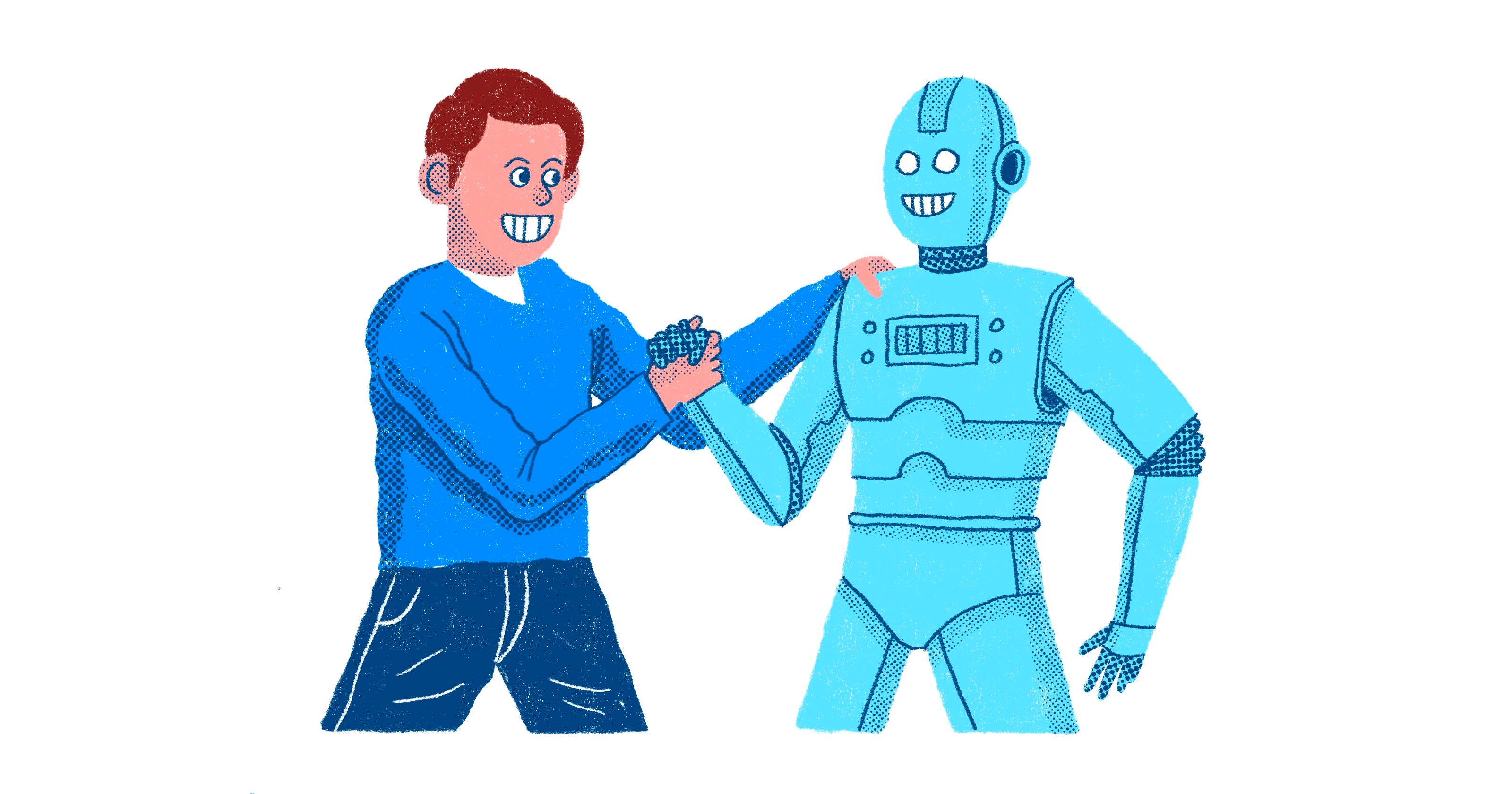
Old School versus New School
| Old School | New School |
| Focus on using AI and machines to automate humans away; or focusing on steps in a workflow | Focus on using AI and machines to collaborate together; reinvent traditional business processes all together |
| Think about reducing headcount or number of employees | Think about developing the full potential of their employees, and building a great culture |
| Copy and replicate best-in-class practices from other companies (McKinsey’ing it) - overly relying on benchmarks from other companies | Active experimentation and observation (growth mindset); continually test and design business processes that are best for them uniquely |
| Treat employees and humans like “cogs in a wheel” - “push this button, do X when this happens, do Y when that happens.” | Make sure employees working with AI systems don’t lose a sense of agency and empowerment. Invest in their people. |
| Data silos. Ignoring “data exhaust”; only relying on manual human data entry (CRM/ERP form fields) | Free-flowing "data supply chains”; automate the capturing of data, including “exhaust data” |
| Try to remove humans from the loop; treating knowledge workers like factory/ assembly line workers | Recognising that humans are an important part of the loop for knowledge work; humans playing center stage, augmented with AI assistants/admins |
Deploying hundreds of AI assistants into Fortune 500 companies, mid-market companies and venture-backed startups, gives us a front-row seat to the "third wave" of business process transformation. I can state unequivocally that the AI revolution is not just coming - it's already here.
Anti-human versus human-first
There are business leaders in the "anti-human" camp, adopting a "second wave" mindset of automating workers away and reducing labor costs.
Then, there are business leaders who are in the "human-first" camp, leveraging AI and collaborative intelligence to help elevate their employees and workers.
Here's what we think -
Companies that deploy AI merely to automate their workers away in a traditional manner may see some short-term performance and productivity benefits, but they will eventually stall out.
Companies that use AI to give their employees superhuman capabilities, and build a cadre of mini-CEOs - and in the process, rehumanize work and giving their employees more time to be human, will win, and win big in the long run.
It's time to rid ourselves of antiquated notions of humans versus AI, and instead embrace a collaborative new world of human and AI.

Collaborative Intelligence AI Assistants Lead Conversion Automation

Co-founder & CEO at Saleswhale
Sign up for cutting edge ideas on conversational marketing, AI assistants and martech.
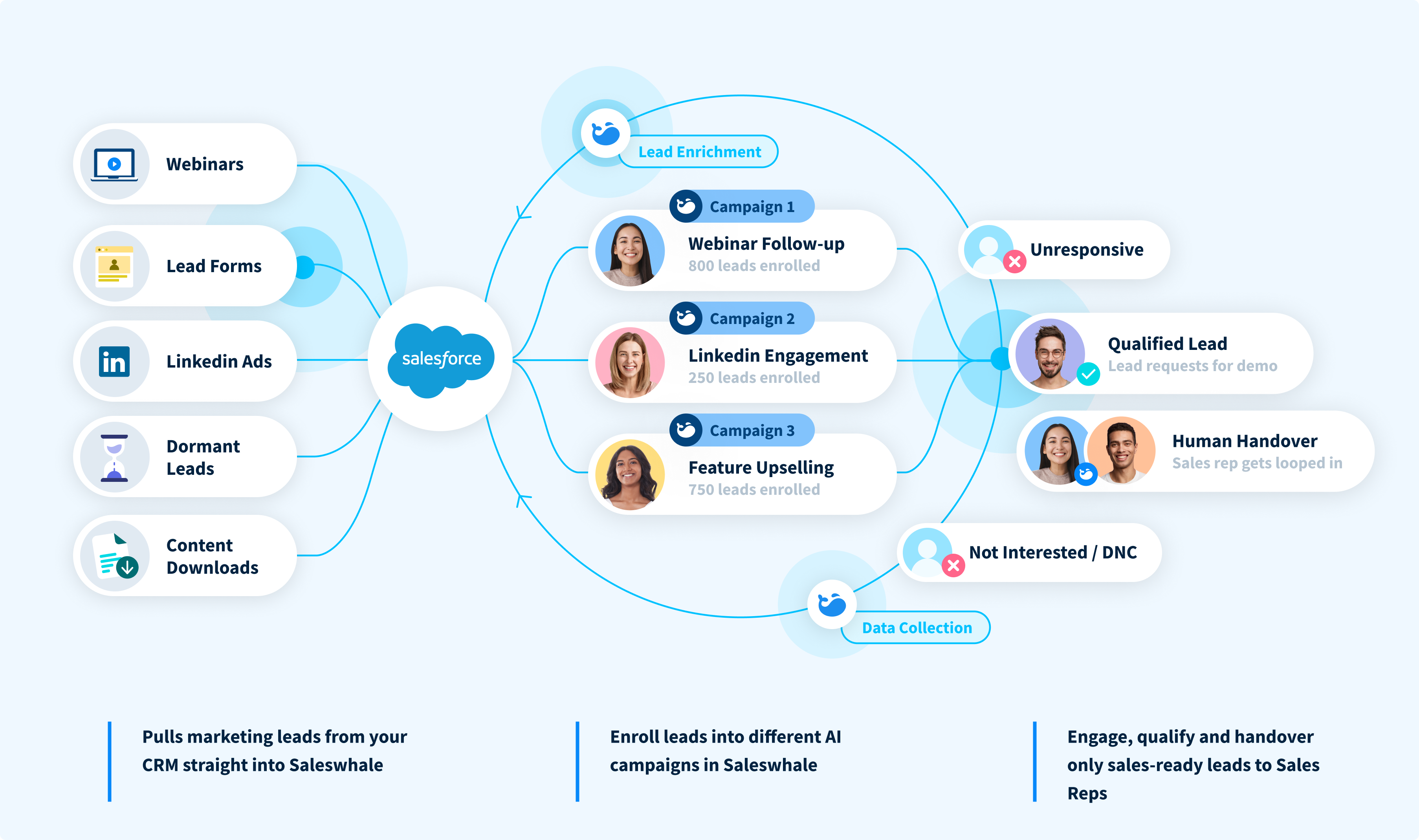
Saleswhale for Salesforce allows you to build powerful automated lead conversion workflows. This allows you to re-engage with your neglected marketing leads at...
19 APR 2021
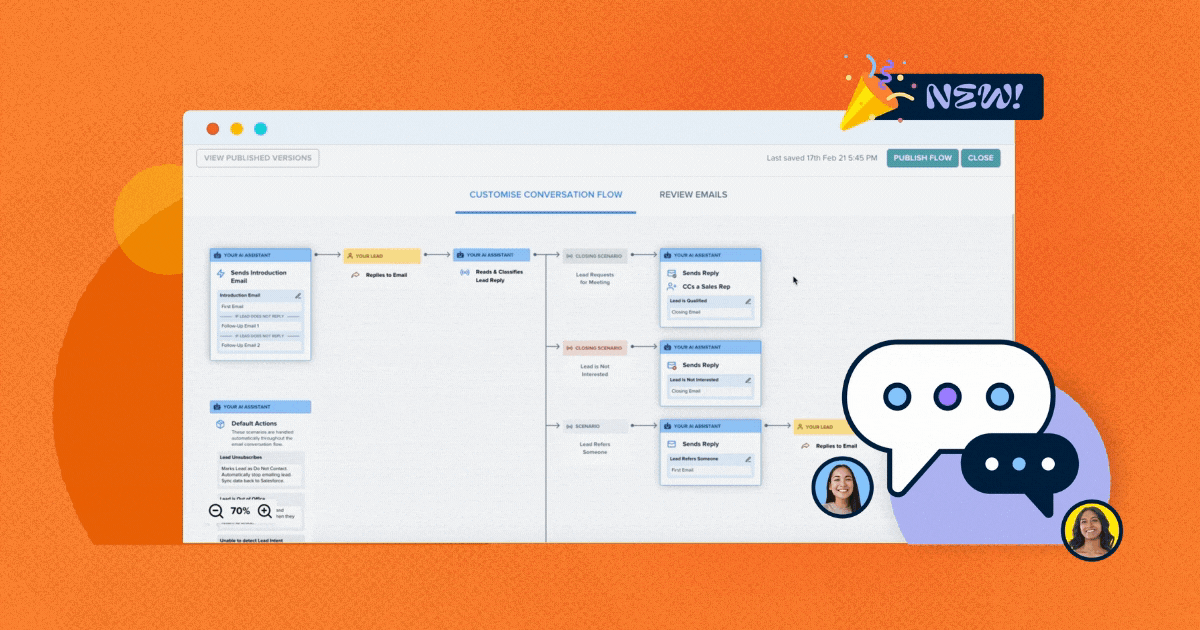
Demand generation and marketing teams generate more leads at the top of the funnel than ever in this new digital-first world. Saleswhale helps ensure those...
1 MAR 2021
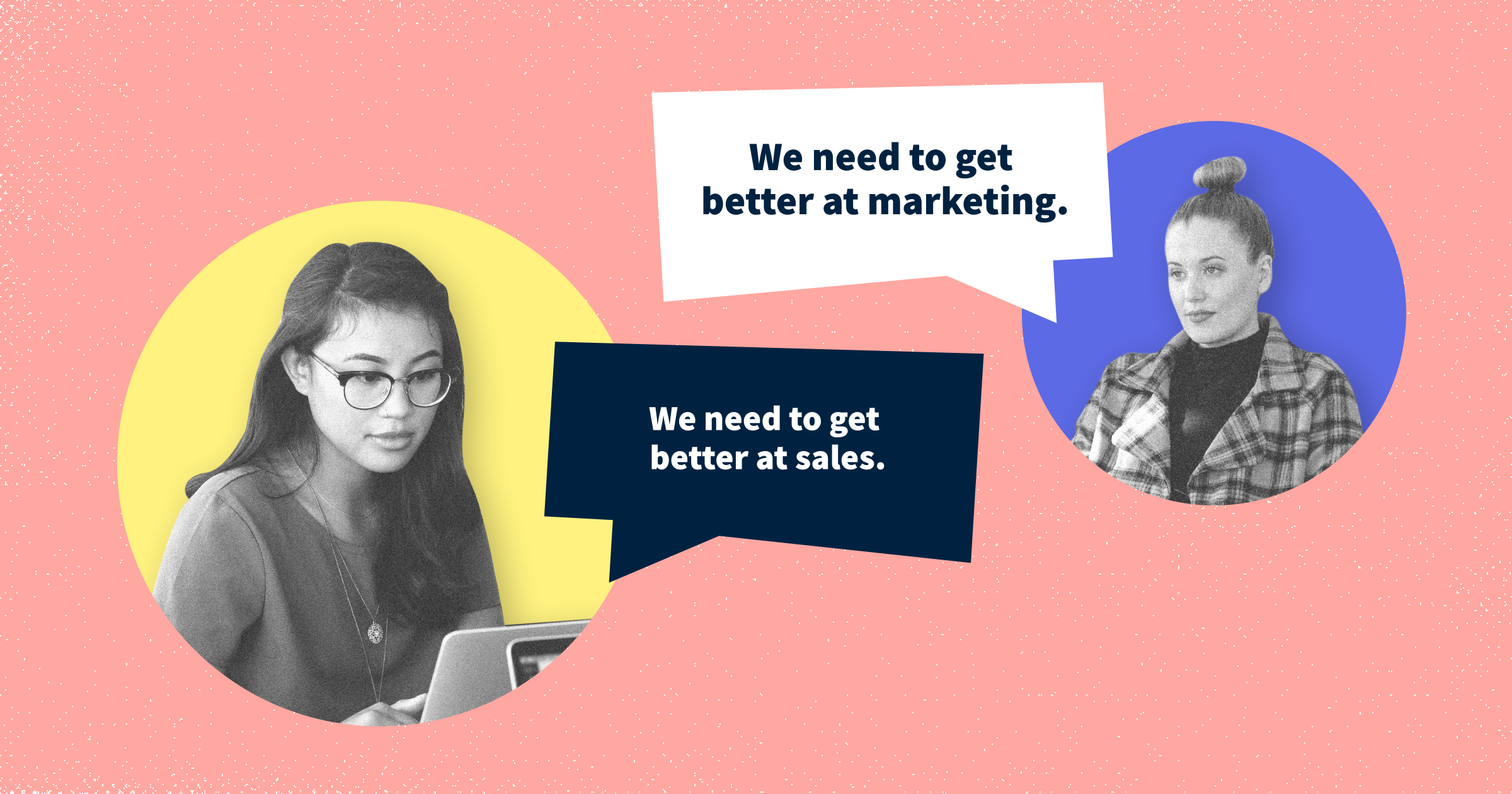
Marketers that focus on MQLs end up doing the wrong things in order to achieve the metrics. So I changed it.
16 JUN 2020
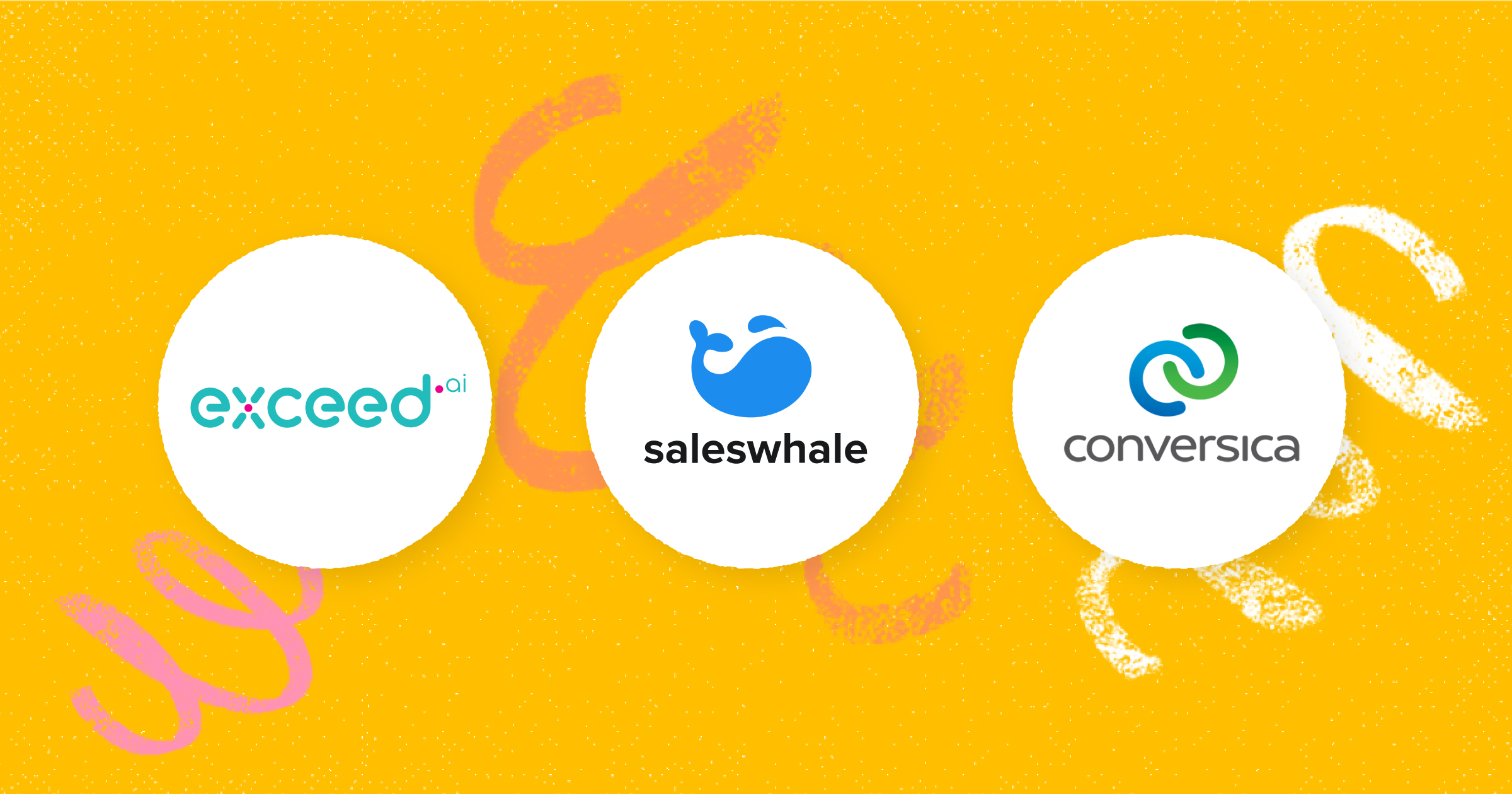
Conversica isn't the only player out there. Learn how Saleswhale and Exceed.ai compare and make an informed decision.
15 APR 2021
By providing your email you consent to allow Saleswhale to store and process the personal information submitted above to provide you the content requested.
You can unsubscribe at any time by clicking the link in the footer of our emails. For information about our privacy practices, please visit our privacy page.